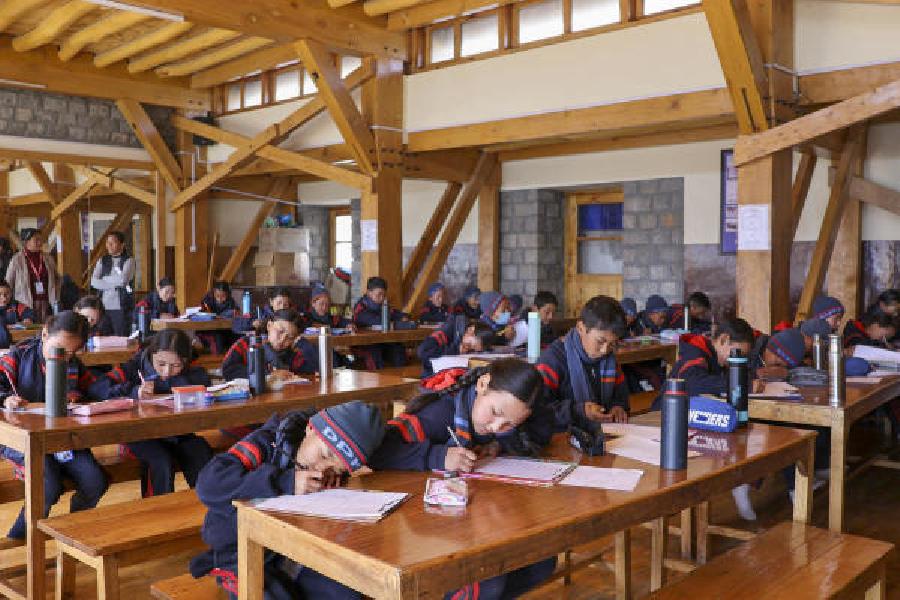Guwahati, April 23: The Central Groundwater Board said the extent of iron contamination was found to be maximum in the Northeast, which could lead to a debilitating disease that damages the organs.
The board found a high concentration of iron in the northeastern states, exceeding the permissible limit of 0.3 milligram/litre.
Among these states, the "maximum concentration of iron was observed in Assam (14.92 mg/L)," the board said in its Groundwater Year Book 2015-16.
The board collected water samples through its permanent network of 678 groundwater-monitoring stations in the Northeast, covering Arunachal Pradesh, Assam, Manipur, Meghalaya, Nagaland and Tripura. The yearbook, however, has revealed the data of only four states - Assam, Arunachal Pradesh, Meghalaya and Tripura.
The board said distributions of iron in groundwater with a concentration of 1 to 3 mg/L was found across Assam but concentration of over 3 mg/L was found mostly in the Brahmaputra valley.
Experts say continuous consumption of iron-contaminated water may lead to a condition known as iron overload which, if left untreated, may lead to hemochromatosis, a severe disease that can damage body organs.
The board monitors the chemical quality of groundwater every year, collected in March (pre-monsoon).
Water quality standards for drinking use and the range of chemical constituents are analysed and the values are compared with the standard values given by Bureau of Indian Standards.
Water with high pH value (up to 9.5) was also found in Assam. Water with pH value beyond 7 is known as alkaline water. Continuous consumption of alkaline water may lead to digestion malfunctions, cardiovascular problems and put an extra burden on kidneys.
"In case of chloride, except Assam, the other states were in the safe range (250 mg/L and 1000 mg/L). Fluoride contamination of groundwater was found to some extent in Assam (5.2 mg/L) where the value exceeds the permissible limit of 1.5 mg/L," said the board.
The board also outsourced water samples to National Test House, Calcutta, for arsenic analysis. The result revealed that in some pockets of Assam, the level of arsenic in groundwater was higher than the permissible limit of 0.05 mg/L. The highest concentration of arsenic was found at Tipamia in Jorhat district (0.1467 mg/L). "In general, the chemical quality of the groundwater is good for both domestic and irrigation purposes except the sporadic occurrence of the high concentration of iron in considerable parts of the region. In those areas, iron treatment plants are to be installed and the water should be used only after proper treatment."
The board said development of groundwater in the Northeast is still in a nascent stage. "There is ample scope for development of this replenishable natural resource. This region being hilly, only 30 per cent of the existing valley area can be developed," it said.
"In the hilly area, there is a very little scope for groundwater development. However, the hilly terrain of the region is bestowed with many perennial springs, which can be developed for both the small-scale irrigation and domestic use," the board said.
It said as rainfall in the region was sufficient, rooftop rainwater harvesting could be adopted to augment groundwater resources.
The board had also monitored changes of groundwater level in the region during the pre-monsoon period. "A significant decline was not observed anywhere in the region," it said.











